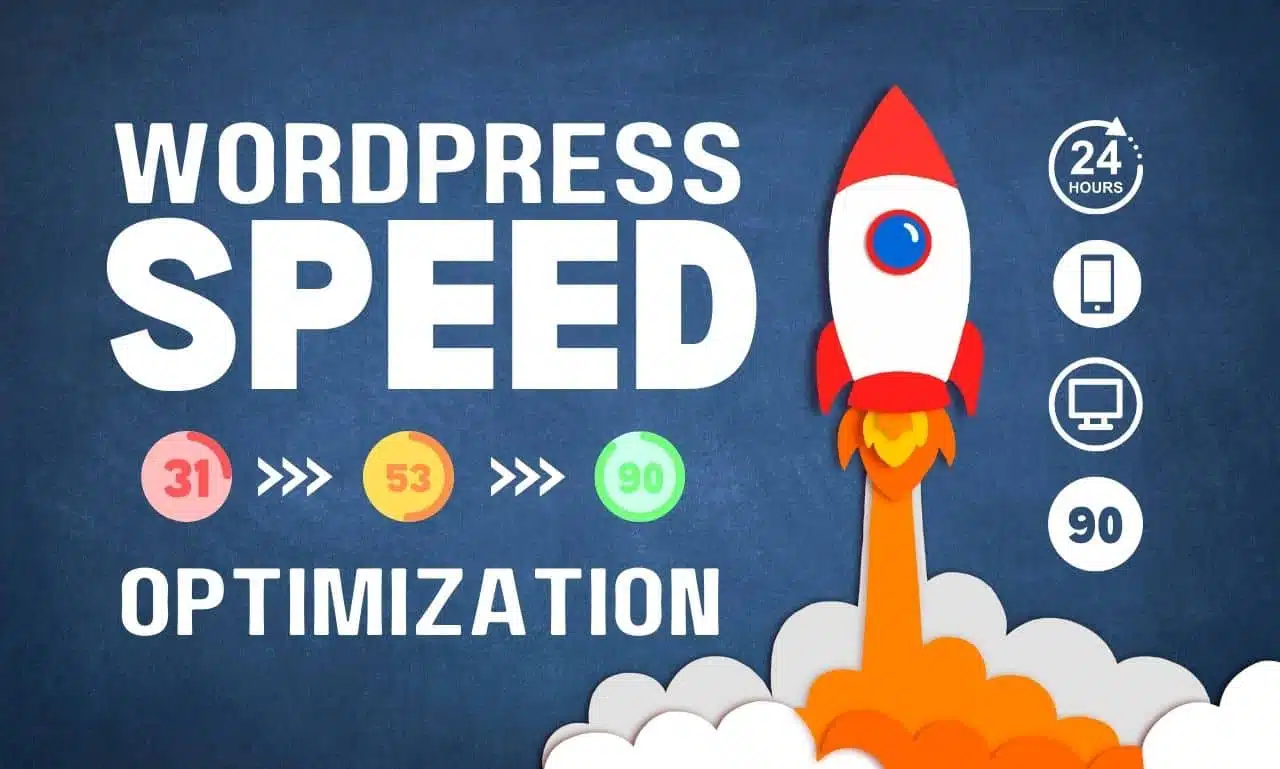Loading Dragging? Supercharge Your WordPress Website with These speed optimization Methods In today’s fast-paced digital world, speed is of the essence. Users expect websites to load quickly, and if they don’t, they are likely to move on to the next site. Slow loading websites not only frustrate users, but they also negatively impact search engine rankings. This is where speed optimization methods come into play, specifically for WordPress websites. WordPress is known for its versatility and user-friendly interface, but if not optimized properly, it can become sluggish and hinder user experience. In this article, we will explore some of the best methods to supercharge your WordPress website’s speed and answer frequently asked questions about this topic. Why is website speed important? Before delving into speed optimization methods, it’s critical to understand why website speed is so important. Slow-loading websites can be detrimental to your online presence for several reasons. Firstly, user experience is compromised when a website takes too long to load. Studies have shown that users tend to abandon slow-loading websites, which results in decreased traffic and conversions. Additionally, a slow website can negatively impact your search engine rankings. Search engines, such as Google, consider page load time as one of the factors when determining website rankings. Therefore, if your website isn’t optimized for speed, it may be ranked lower in search results, making it harder for potential visitors to find you. How to optimize your WordPress website for speed Now that we understand the importance of website speed let’s explore some effective methods to optimize your WordPress website for lightning-fast loading times. By implementing these techniques, you can improve user experience, boost search engine rankings, and ultimately increase conversions. 1. Choose a lightweight theme: Selecting the right theme is crucial for website speed optimization. Opt for lightweight themes that have been specifically designed for speed. These themes are often built with clean code and minimal design elements, resulting in faster loading times. 2. Optimize images: Large, uncompressed images can significantly slow down your website. Resize and compress your images using tools such as Photoshop or plugins like Smush or EWWW Image Optimizer. These plugins will automatically optimize and compress images upon upload, reducing their file size without compromising quality. 3. Use caching plugins: Caching plugins generate static versions of your website’s pages and store them on the server. When a user requests a page, the cached version is served, reducing the need for the server to process dynamic content. Popular caching plugins for WordPress include W3 Total Cache and WP Super Cache. 4. Minify CSS and JavaScript files: Minification involves removing unnecessary characters such as whitespace, comments, and line breaks from CSS and JavaScript files. Minified files are significantly smaller in size, resulting in faster loading times. Plugins like Autoptimize or WP Rocket can automatically minify these files for you. 5. Enable lazy loading: Lazy loading delays the loading of images and videos until the user scrolls down the page. This technique reduces the initial page load time, as only the visible content is loaded initially. Lazy loading can be easily enabled using plugins like Lazy Load by WP Rocket or Smush Lazy Load. 6. Optimize database: WordPress websites rely on databases to store content, plugins, themes, and more. Over time, these databases can become bloated, resulting in slower performance. Regularly optimize your database by removing unnecessary data, spam comments, and post revisions. Plugins such as WP-Optimize or WP-DBManager can assist in database optimization. 7. Utilize a content delivery network (CDN): A CDN is a network of servers located around the world that store cached copies of your website’s static files, such as CSS and JavaScript. When a user requests your website, the files are served from the server closest to their location, reducing data transfer time. Popular CDN services include Cloudflare, MaxCDN, and Amazon CloudFront. FAQs about speed optimization for WordPress 1. How can I test my website’s loading speed? There are several tools available to test your website’s speed, such as Google PageSpeed Insights, GTmetrix, and Pingdom. These tools analyze your website and provide insights into how to improve loading times. 2. Can shared Hosting impact my website’s speed? Yes, shared Hosting can affect loading times. Shared Hosting means you share server resources with other websites, which can result in slower loading times if those sites experience high traffic. Consider upgrading to a reliable Hosting provider or explore managed WordPress Hosting plans for improved loading speeds. 3. Should I use many plugins on my WordPress website? While plugins can enhance your website’s functionality, it’s important to be mindful of their impact on performance. Too many plugins can slow down your website, so only install and activate necessary ones. Regularly review your plugin list and deactivate or remove any plugins that are no longer needed or causing issues. 4. Do I need to optimize my website’s speed if it loads quickly? Even if your website is already loading quickly, optimizing speed further can have additional benefits. It can improve user experience and potentially increase conversions. Additionally, search engines continuously update their algorithms, and fast-loading websites are more likely to rank higher. In conclusion, loading dragging is never a desirable experience for website visitors. To supercharge your WordPress website and provide a seamless user experience, it’s crucial to implement speed optimization methods. By choosing a lightweight theme, optimizing images, utilizing caching plugins, minifying CSS and JavaScript files, enabling lazy loading, optimizing the database, and using a content delivery network, you can significantly enhance your website’s loading times. Remember to regularly test your website’s speed, consider the impact of shared Hosting, be cautious with plugin usage, and always strive for continuous speed optimization to stay ahead of the competition.
FREE WooCommerce Speed Repair Plugin
Are you dealing with WooCommerce speed issues? WooCommerce is powerful but it loads dozens of scripts and styles even when…

















